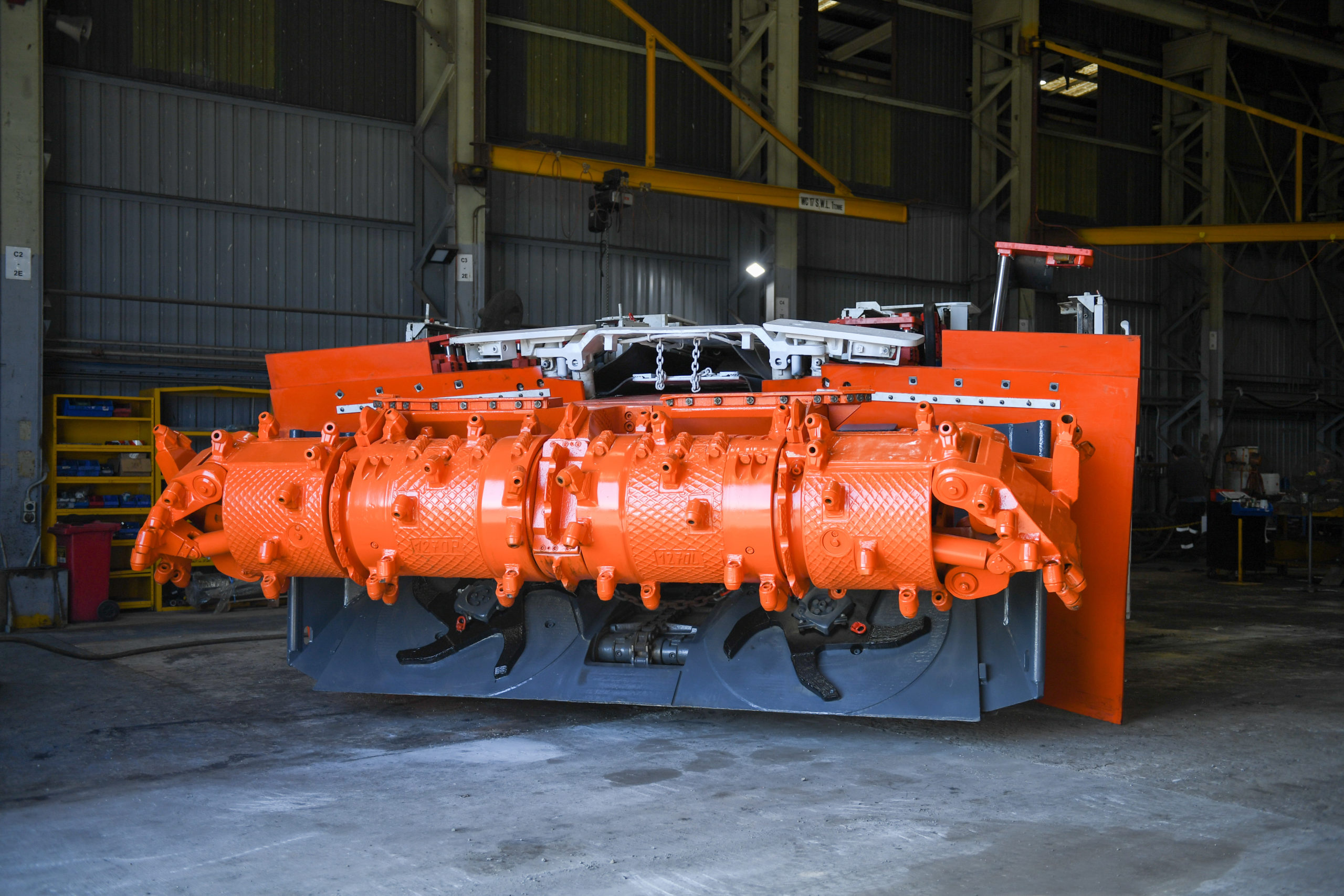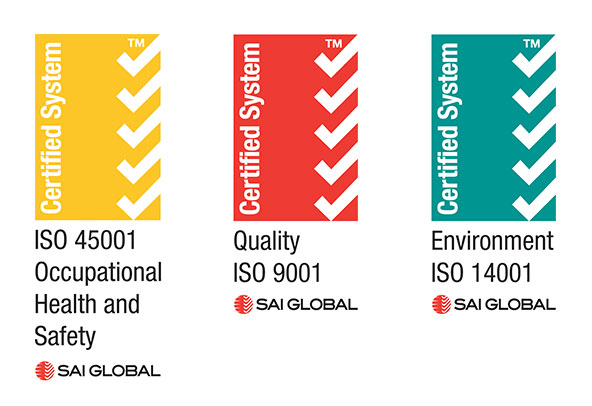The mining industry is a major contributor to economies worldwide.
What is Mining? Mining is the extraction of raw materials (including minerals) from the earth, from a commodity of economic value to the mining company. These commodities may be an orebody, reef, seam, vein, or lode.
Mining is used to access materials that cannot be organically grown (by agriculture) or produced in a factory or laboratory. It recovers a vast array of materials, including but not limited to Coal, Oil shale, Metals, Limestone, Marble, Gravel, Clay, Rock salt, Gemstones, Chalk, and the extraction from the earth of non-renewables including natural gas and petroleum.
Overall, mining operations are grouped into the following categories:
- Coal mining
- Extraction of oil and gas
- Metal ore mining
- Non-metallic mineral mining (e.g. gemstones)
- Mining support
The Mining Industry
Mining has been used by humans since ancient times; for example, the ancient Egyptians mined gold, malachite, copper and turquoise in large amounts. The ancient Greeks and Romans quarried a lot of marble.
The mining technique is one of two methods:
- Surface mining – most common, it includes quarrying, open-pit mining, strip mining, high wall mining, and mountaintop removal.
- Underground mining – requires digging shafts and tunnels to reach ore deposits far below the earth’s surface. It includes drift mining, shaft mining, slope mining, longwall mining, shrinkage stope mining, and bord and pillar mining. PIMS Group delivers solutions for underground mining.
The mining industry exists worldwide, being dominant in countries including the UK, USA, Peru, Chile, India, Australia, Canada, China, and throughout numerous African nations.
Traditionally, mining has impacted negatively on the planet and the environment; modern mining practices strive to implement more sustainable methods and outcomes. This is something we are highly conscious of and committed to at PIMS Group.
The Mining Industry in Australia
The Australian mining industry inhabits a huge slice of our national economy. It is a key main industry in Australia (alongside Finance, Business Consulting, Energy and Utilities, and Healthcare). In 2019-2020, mining delivered a massive 10.4% of the economy, or $202 billion GDP (Source: AustralianMining.com.au). Our mining industry contributes significantly to government revenue, exports, high-wage employment, and investment. The mining industry is among Australia’s predominant employers.
Predominant mineral resources mined in Australia today include:
- Iron ore – world’s largest producer (2019)
- Nickel – world’s 6th largest producer (2019)
- Copper – world’s 6th largest producer (2019)
- Gold – world’s 2nd largest producer (2019)
- Silver – world’s 6th largest producer (2019)
- Aluminium/Bauxite – world’s largest producer of bauxite and 2nd largest for alumina (2019)
- Uranium – world’s 3rd largest producer (2019)
- Zinc – world’s 3rd largest producer (2019)
- Coal – world’s largest exporter and 4th largest producer
- Diamond – world’s 3rd largest viable diamond deposits
- Opal – world’s largest producer with 95% of global production
- Rare earth elements – 3rd largest producer with 10% of global output
- Oil shale and petroleum
- Natural gas – world’s largest exporter (2019)
Coal Mining
What is Coal? This common, non-renewable fossil fuel resource is a sedimentary rock formed from dead plant matter or peat. Sedimentary rock forms in layers and coal occurs in beds or seams lying between other types of sedimentary rock. It is not as dense as most other types of rock, is combustible, and consists of carbon mixed with smaller quantities of elements including hydrogen, nitrogen, oxygen and sulphur. Some coal features pores and these may contain methane gas.
- The quality of coal depends on its carbon content (and how black it is). The best is hard black coal as it has more carbon and higher energy potential.
- It is believed coal was first used in China six thousand years ago. Bronze Age Britons used coal in funeral pyres and the Romans mined coal in England and Wales almost two thousand years ago.
- Australia’s coal mining story began with the discovery of coal in Newcastle, NSW in 1791, and coal was first exported from Australia in 1799.
- 60% of worldwide coal mining is underground mining, however, 80% of Australian coal mining is via open-cut mines. This is more affordable than underground mining and elicits resource recovery rates of 90%. Nevertheless, undergound coal mining plays a significant and important role in our local mining industry.
Coal is mined throughout every state in Australia except South Australia, and we are the largest exporter of coal worldwide. Currently used for 85% of Australia’s electricity production as a fuel for power stations, 54% of our coal is exported and our largest export partner for coal is the East Asia region, including China.
PIMS and Coal Mining
PIMS Group (Pacific International Mining Solutions) is an Australian, east-coast based provider of innovative mining, maintenance, and technical solutions and support services for the underground coal mining industry. These services incorporate the provision of equipment, workforce labour coverage, project management, mentoring and training, and more.
As an industry leader, we serve our stakeholders with an unflinching commitment to professionalism, integrity, mutual respect, loyalty and commitment, and awareness.
Discover more about our services and training, or contact us via admin@pimsgroup.com.au or call our Head Office now on (07) 4969 3900.



